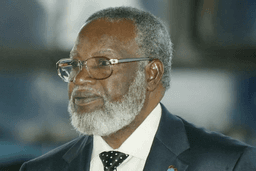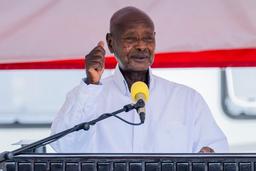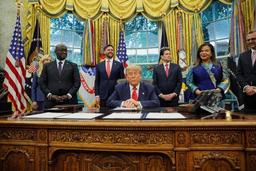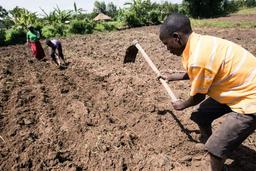Senegal
Senegal is a West African country known for its vibrant culture, historical significance, and political stability. It shares borders with Mauritania, Mali, Guinea, Guinea-Bissau, and The Gambia (which nearly divides Senegal into two parts). Its capital and largest city is Dakar, located on the Cape Verde Peninsula — the westernmost point of mainland Africa.


18.2 million

Westernmost country on the African mainland, with a coastline along the Atlantic Ocean

196,722 square kilometers

(GMT) — UTC +0

Wolof (the most spoken language), Pulaar (Fula), Serer, Diola(Jola) ,Mandinka,Soninke,Balanta

West African CFA franc (XOF)

Islam, Christianity, indigenous religions

President: Bassirou Diomaye Faye
Brief
Senegal is a peaceful and culturally rich country located on the westernmost coast of Africa. Bordered by Mauritania, Mali, Guinea, Guinea-Bissau, and The Gambia, it opens onto the Atlantic Ocean with Dakar as its vibrant capital. With a population of about 18.2 million (2025), Senegal is known for its ethnic diversity, including groups like the Wolof, Fula, Serer, and Jola.
French is the official language, but local languages such as Wolof and Pulaar are widely spoken. The country is predominantly Muslim (around 95%), with peaceful coexistence among Christians and traditional religions. Senegalese society values family, hospitality, and respect, reflected in the concept of teranga.
Senegal’s culture shines through its music, especially the globally popular mbalax genre, and its vibrant arts scene. Dishes like Thieboudienne and Yassa are culinary staples. The economy is based on agriculture, fishing, mining, and services, with growing opportunities in oil, gas, and tourism.
Tourist destinations include Dakar, Gorée Island, Saint-Louis, and the Casamance region. The country has a good transport network and modern telecommunications, especially in urban areas.
To visit, travelers may need a visa, typically requiring a valid passport, accommodation proof, vaccination certificate, and sufficient funds. Senegal stands out in West Africa for its democratic governance, cultural heritage, and welcoming
Cultural Life
Culltural milieu
Senegal's cultural life is vibrant, diverse, and deeply rooted in tradition and community values. The concept of teranga—meaning hospitality—is at the heart of Senegalese society. It reflects the warmth, generosity, and respect for others that shape everyday interactions across the country.
Senegal is home to multiple ethnic groups, including the Wolof, Serer, Fula, and Jola, each contributing unique customs, languages, and rituals. While French is the official language, local languages like Wolof are widely spoken and dominate in informal settings. Religion also plays a central role, with Islam shaping social norms, festivals, and family life. Sufi brotherhoods, particularly the Mouride and Tijaniyya, influence both religious and cultural identity.
Music is a major part of Senegalese life, with mbalax being the most popular genre. It blends traditional rhythms with modern styles like jazz and Afrobeat. Renowned artists such as Youssou N'Dour have brought Senegalese music to the global stage. Traditional dance and drumming are integral to ceremonies, celebrations, and storytelling.
Food is both a daily ritual and a social act. Dishes like Thieboudienne (fish and rice) and Yassa (marinated chicken or fish) are commonly shared from a communal bowl. Clothing is colorful and elegant, especially the traditional boubou, worn during festivals, religious events, and family gatherings.
Visual arts also thrive in Senegal. From wood carvings and fabric dyeing to street murals and contemporary art showcased at the Dak’Art Biennale, creative expression is widespread and celebrated.
In all aspects, Senegal’s cultural life blends tradition and modernity, offering a rich, welcoming, and dynamic identity that defines its people and their way of life.
Daily Life and social customs
Daily life in Senegal is shaped by strong family bonds, religious values, and a deep sense of community. Most Senegalese people live in extended families, where elders are highly respected and often make important decisions. Hospitality is central to social life, guided by the cultural principle of teranga—offering kindness and generosity to guests and strangers alike.
The day typically begins early, especially in rural areas where people engage in farming, fishing, or market trading. In cities like Dakar, daily routines revolve around school, office work, and bustling markets. Regardless of setting, mealtimes are important social moments. People often eat together from a shared bowl, sitting on the floor and using their right hand. The main meal, usually in the afternoon, often features dishes like Thieboudienne or Yassa.
Greetings are an important social custom. A typical greeting is lengthy and respectful, often involving a handshake and inquiries about one's health, family, and peace. Religious practices, especially in Islam, are woven into daily life. Most people pray five times a day, and Fridays are special for communal prayer.
Traditional clothing is worn with pride, especially during religious or family events. The colorful boubou is common for both men and women. Music, dance, and storytelling are vital in social gatherings, with griots (oral historians) playing a key role in preserving family and community histories.
Overall, daily life in Senegal blends tradition and modernity, with a focus on family, respect, and community values that create a strong sense of social unity.
PHOTOS


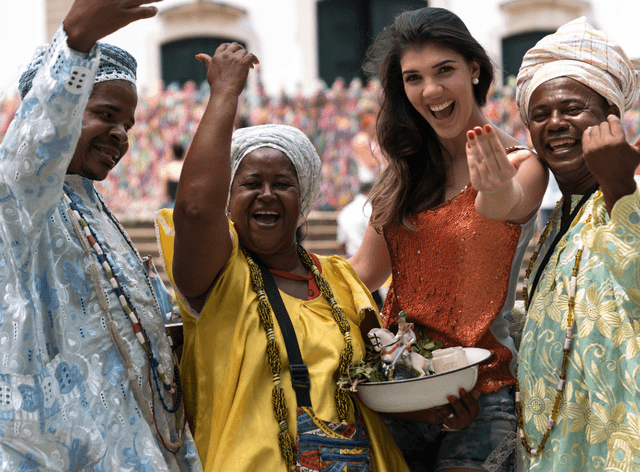
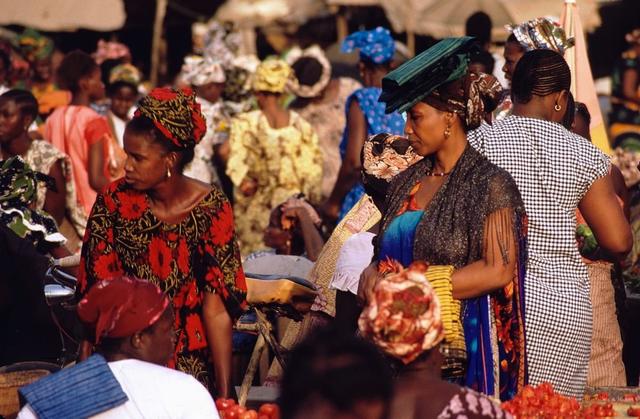
Cuisines
Senegalese cuisine is flavorful and diverse, blending influences from West African, French, and Arabic traditions. Staple ingredients include rice, millet, fish, and a variety of vegetables and spices. One of the most famous dishes is thieboudienne (or ceebu jën), a flavorful fish and rice dish cooked with tomato sauce and vegetables. Other popular meals include yassa, marinated grilled chicken or fish with onions and lemon sauce, and mafé, a rich peanut stew often served with rice. Senegalese food is known for its bold, tangy, and spicy flavors, often accompanied by traditional breads like fataya and fresh fruit. Communal eating and sharing meals are important social customs in Senegalese culture.
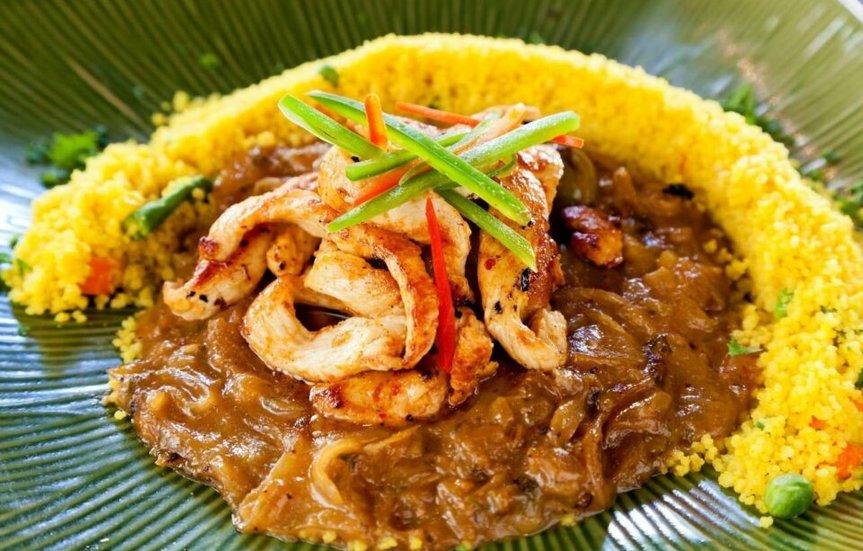
Senegal Dishes




Music
Senegalese music is vibrant and internationally influential, known especially for genres like Mbalax, which blends traditional Wolof rhythms with modern instruments and styles such as jazz, funk, and pop. Artists like Youssou N’Dour have popularized this energetic and rhythmic music worldwide. Traditional music features percussion instruments like the sabar drum and the kora harp-lute, used in ceremonies and storytelling. Senegal’s music scene is dynamic, combining rich cultural heritage with contemporary sounds, playing a key role in social life and celebrations. Would you like to know about famous Senegalese musicians or music festivals?




Arts
Senegalese art is rich and diverse, reflecting the country’s deep cultural heritage and ethnic diversity. Traditional art includes vibrant textiles like the colorful batik and wax prints, intricate wood carvings, masks, and bronze sculptures, often used in rituals and ceremonies. The country is also renowned for its Toucouleur and Wolof craftsmanship, especially in jewelry and pottery. In modern times, Senegal has a thriving contemporary art scene centered in Dakar, with painters, sculptors, and mixed-media artists gaining international recognition. The Dakar Biennale (Dak’Art) is a major event showcasing African contemporary art, attracting artists and visitors from around the world.
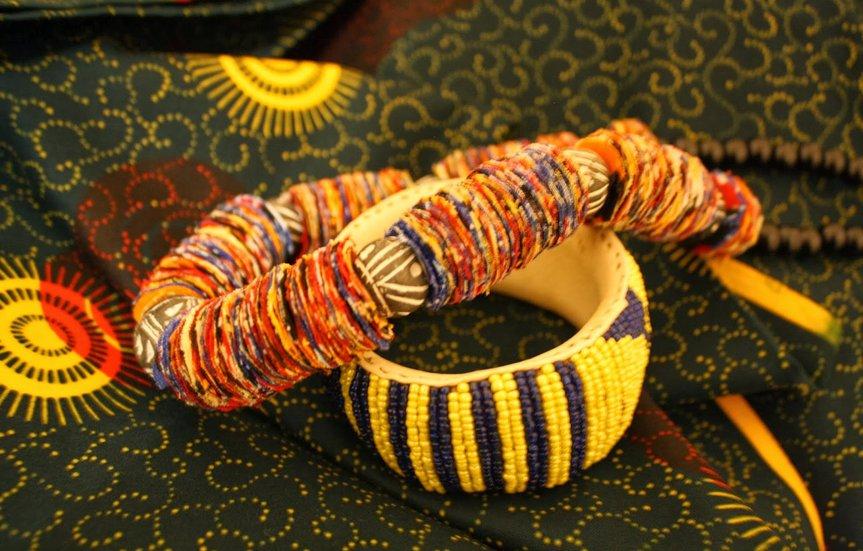
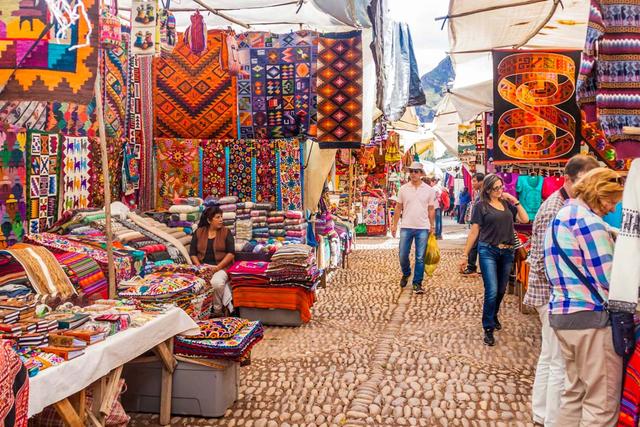
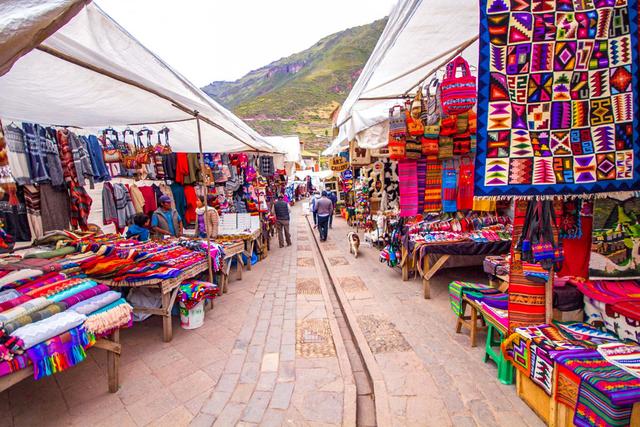


People
Ethnic Groups
Senegal is home to several major ethnic groups, each with distinct languages and cultural traditions. The largest group is the Wolof, who dominate in politics, media, and urban areas, especially around Dakar. Other significant groups include the Peul (Fula), known for their pastoral lifestyle; the Serer, famous for their rich history and religious customs; the Toucouleur, mainly in the Senegal River valley; and the Jola, who primarily live in the Casamance region. Smaller groups like the Mandinka, Soninke, and Bassari also contribute to Senegal’s cultural mosaic. These diverse ethnic communities play vital roles in shaping the country’s social and cultural identity.
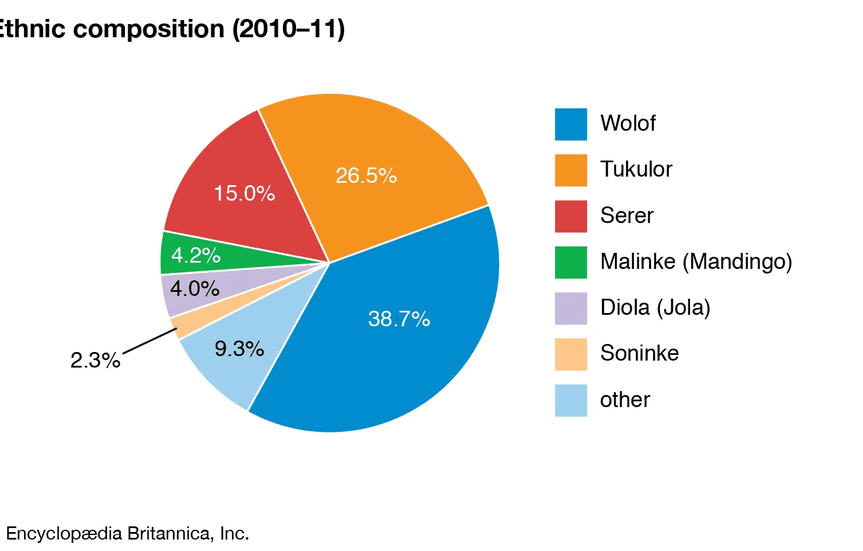




Religion
Senegal is predominantly Muslim, with about 95% of the population adhering mainly to Sunni Islam, often influenced by Sufi brotherhoods such as the Mouride and Tijaniyyah orders. Islam plays a central role in daily life, culture, and politics, promoting values of peace and tolerance. Christianity, mostly Roman Catholicism and some Protestant denominations, makes up around 4% of the population, concentrated mainly in urban areas and among ethnic minorities. Traditional African religions are also practiced, sometimes blending with Islamic and Christian beliefs. This religious diversity contributes to Senegal’s reputation for religious harmony and coexistence.
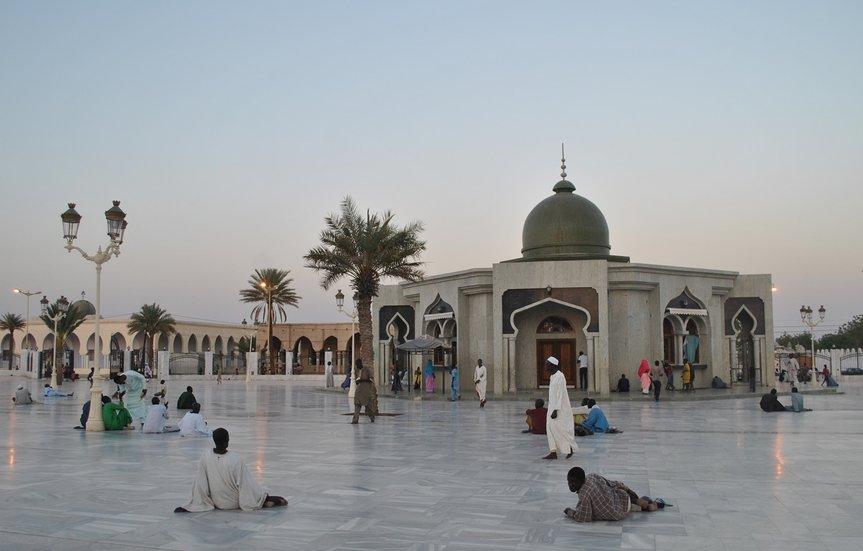
Settlement Patterns
Senegal’s settlement patterns are shaped by geography, climate, and ethnic distribution. The majority of the population lives in the western part of the country, especially around Dakar, the capital and largest city, which is a major urban and economic center. Other significant urban areas include Saint-Louis, Thiès, and Kaolack. Rural settlements are scattered across the countryside, with many communities engaged in agriculture, fishing, or pastoralism. In the southern Casamance region, settlements tend to be more dispersed due to the dense forest and distinct ethnic groups. Overall, Senegal shows a clear trend of urbanization, with growing migration from rural areas to cities.
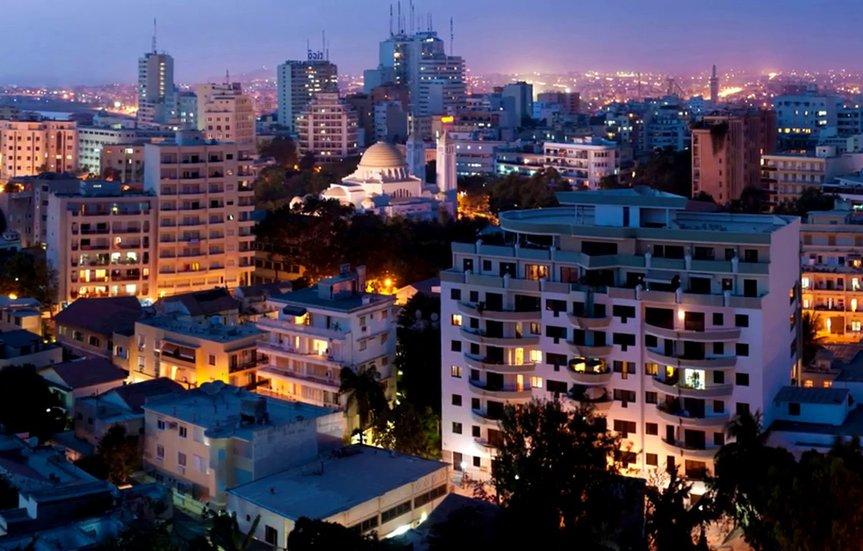
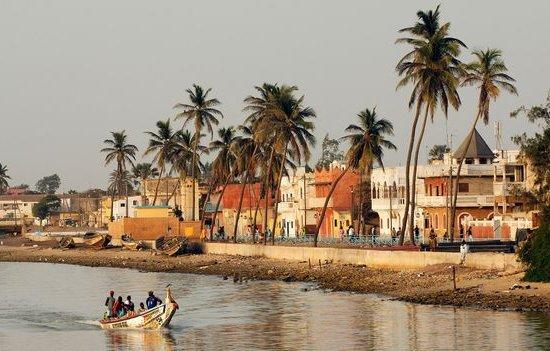
Demographic Trends
Senegal is experiencing steady demographic growth, marked by a youthful population, high fertility rates, and rapid urbanization. As of 2023, the population was over 18 million, with a median age of around 19 years, highlighting a large youth demographic. The fertility rate remains relatively high at about 3.8 children per woman, though it is gradually declining. Urbanization is on the rise, with over half the population now living in cities, driven by rural-to-urban migration in search of better opportunities. These trends present both opportunities for economic development and challenges in providing adequate education, employment, healthcare, and housing for the growing population.
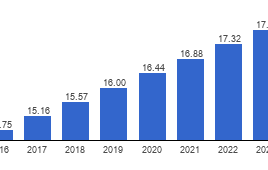
Touristic Cities
Dakar City
Dakar, the capital and largest city of Senegal, is a vibrant coastal metropolis located on the Cape Verde Peninsula, making it the westernmost city on the African mainland. It serves as the country’s political, economic, and cultural heart, home to government institutions, major businesses, universities, and embassies. With a population exceeding 3 million, Dakar is known for its dynamic urban life, bustling markets, and rich arts and music scene. The city features landmarks such as the African Renaissance Monument, Goree Island (a UNESCO World Heritage Site), and lively districts like Medina and Plateau. Despite its rapid growth and cosmopolitan atmosphere, Dakar faces challenges like traffic congestion, housing pressure, and infrastructure demands.
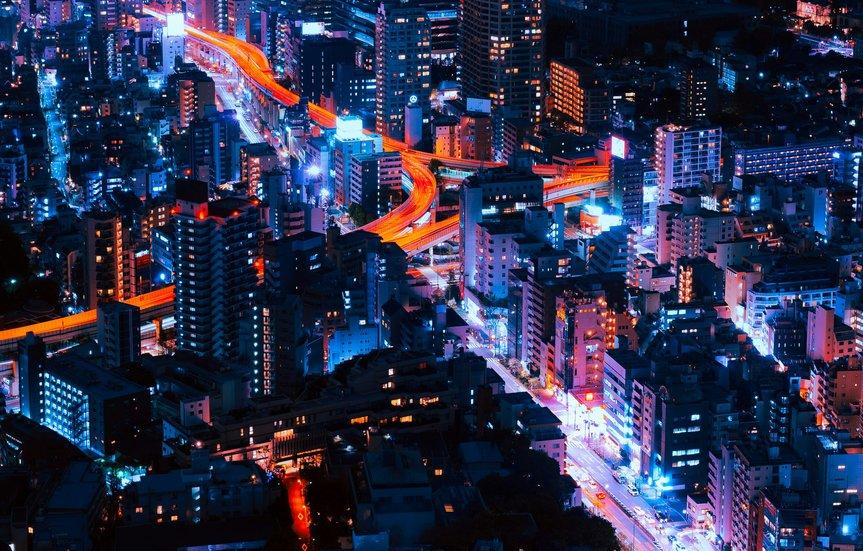
Senegal has several key cities that contribute to its cultural and economic life, with Dakar as the capital and largest urban center, known for its political importance, vibrant arts scene, and coastal location. Thiès, located east of Dakar, is an important industrial and transportation hub with strong rail connections. Saint-Louis, a historic city and former colonial capital, is known for its French colonial architecture and cultural heritage. Kaolack, situated in central Senegal, serves as a major trade and agricultural center, especially for peanuts. In the south, Ziguinchor is the main city of the Casamance region, noted for its lush landscapes and cultural diversity. These cities reflect Senegal’s geographic and cultural diversity, each playing distinct roles in the nation's development.

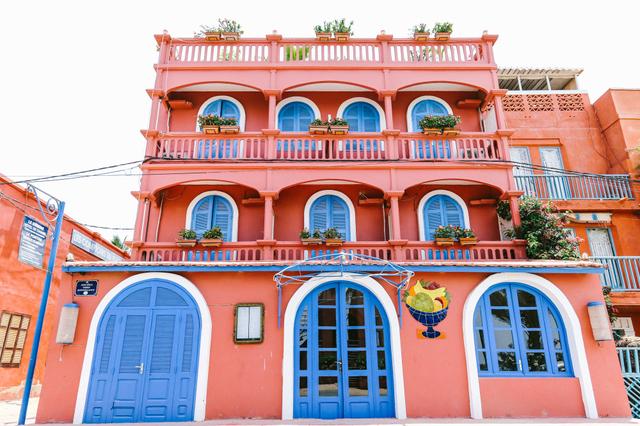
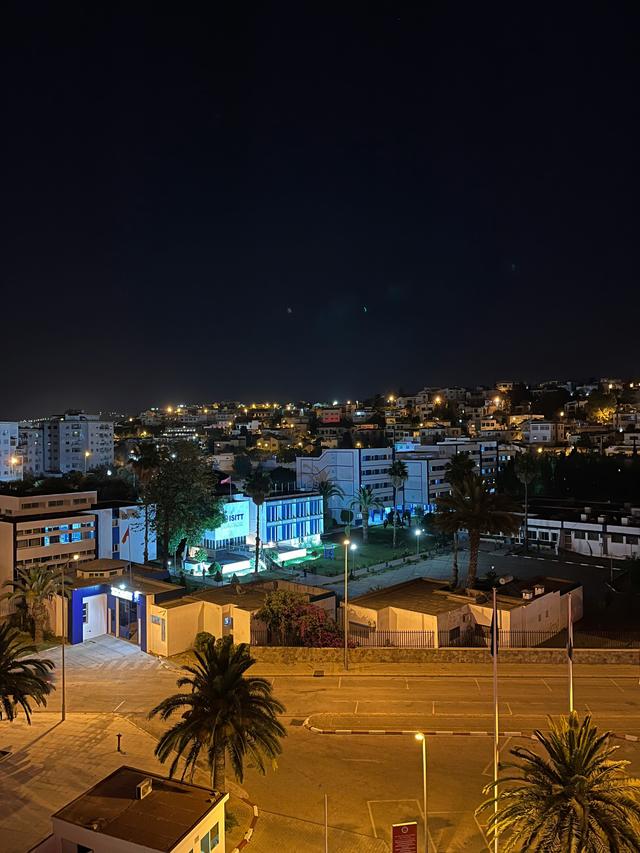
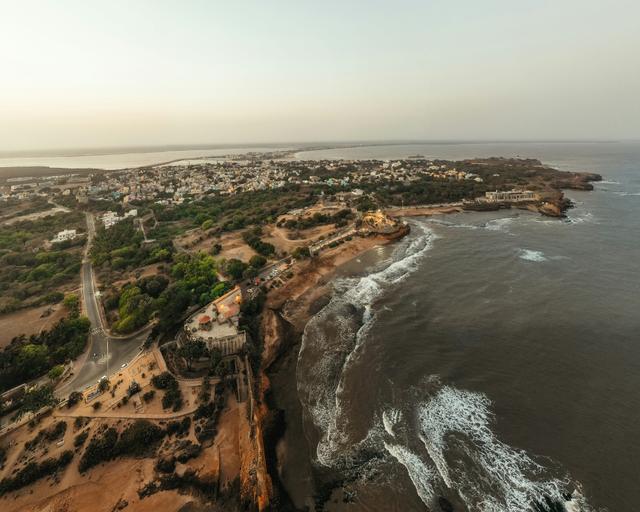
Accommodations
Guesthouses
In Senegal, guesthouses are a popular accommodation option for travelers seeking affordable and culturally immersive stays. Found in cities like Dakar, Saint-Louis, and Ziguinchor, as well as along the Petite Côte and Casamance regions, these guesthouses are often family-run and offer a warm, home-like atmosphere. They typically provide basic comforts with local décor, homemade meals, and opportunities to interact closely with Senegalese families and communities. Guesthouses cater to budget travelers, volunteers, and backpackers looking to explore the country in a more authentic and personal way.



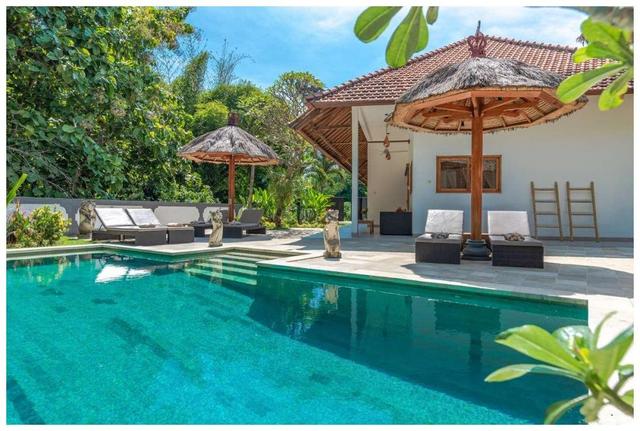
Hotels and Resorts
Senegal’s hotel sector is well-developed, especially in urban and coastal areas. Dakar, Saly, and Cap Skirring feature a range of accommodations, from luxury international hotels with modern amenities to mid-range and budget-friendly local establishments. Many hotels offer services like conference facilities, swimming pools, and on-site restaurants serving both local and international cuisine. With Senegal positioning itself as a tourism and business hub in West Africa, hotels play a key role in hosting diplomats, business travelers, and tourists alike, often providing high standards of hospitality and service.



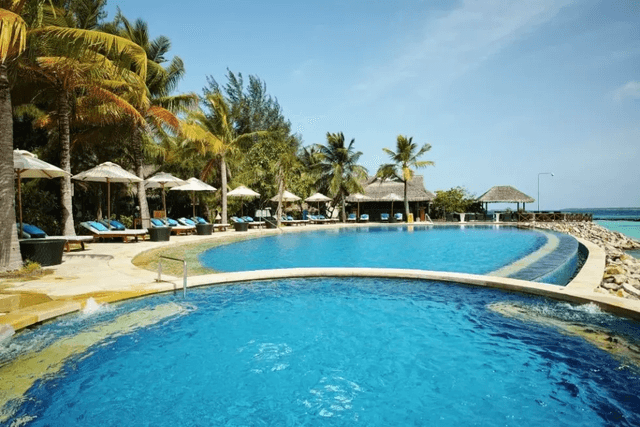
Raids
In the Senegalese context, “raids” refer to adventure expeditions through rural and remote regions, often involving 4x4 vehicles, motorcycles, or quad bikes. These guided journeys take participants across savannas, deserts, and coastal areas, offering an exhilarating way to explore the country’s diverse landscapes. Common raid routes include the Sahel zones, the Ferlo region, and the dunes near Saint-Louis. Raids often include cultural stops in traditional villages and overnight stays in local lodges or mobile camps, making them ideal for thrill-seekers and adventure tourists.




Campings
Camping in Senegal offers nature lovers a chance to experience the country's natural beauty up close. Designated camping sites can be found near beaches, national parks such as Niokolo-Koba, and remote riverbanks like those in Casamance. Some eco-lodges and cultural camps also allow tent camping and provide facilities like showers, local meals, and guided activities. Camping is particularly popular among eco-tourists and adventure travelers who want a low-impact, budget-friendly, and immersive way to explore Senegal’s wildlife, landscapes, and traditional communities.




Requirement for Visa
Documents to be submitted when applying for Visa
Documents Needed:
- Passport (valid at least 6 months)
- Visa application form
- Passport-size photos
- Travel itinerary or flight booking
- Proof of accommodation
- Yellow fever vaccination certificate
- Proof of financial means
Visa Process:
- Check if your country is visa-exempt
- Apply online or at the Senegalese embassy
- Submit documents and pay the fee
- Wait for approval (usually 1–2 weeks)
- Receive visa or electronic authorization
Economy of Senegal
Trade in senegal
Freight forwarding in Senegal is a vital component of the country’s logistics and trade infrastructure, especially given its strategic coastal location and the presence of Port of Dakar, one of West Africa’s busiest ports. The sector supports the import and export of goods across the region, serving landlocked neighbors like Mali. Freight forwarders in Senegal handle services such as customs clearance, cargo consolidation, warehousing, inland transportation, and international shipping. Major global logistics firms like Bolloré, Maersk, and DHL Global Forwarding operate in the country, alongside several reputable local companies. The government has been investing in infrastructure upgrades and digital customs systems to improve efficiency and reduce delays. With increasing trade and regional integration, freight forwarding in Senegal continues to grow and modernize, playing a key role in the national economy.
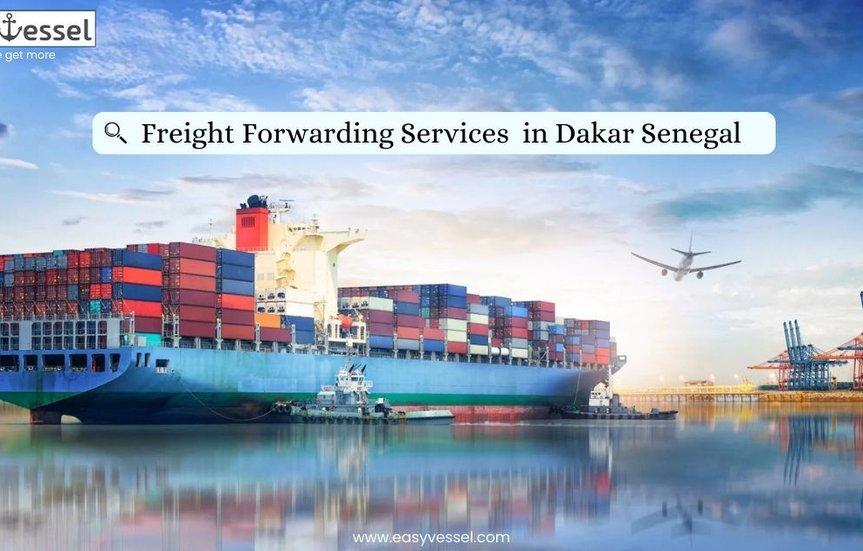
Agriculture remains a cornerstone of Senegal’s economy, employing a large portion of the population, particularly in rural areas. The main crops include peanuts, millet, maize, rice, and sorghum, while horticultural products and livestock also contribute to both domestic consumption and export. Fishing is another vital subsector. Despite its importance, agriculture is vulnerable to climate variability, limited irrigation, and outdated farming practices. Government initiatives focus on improving productivity through mechanization, irrigation expansion, and support for agribusiness to ensure food security and reduce rural poverty.
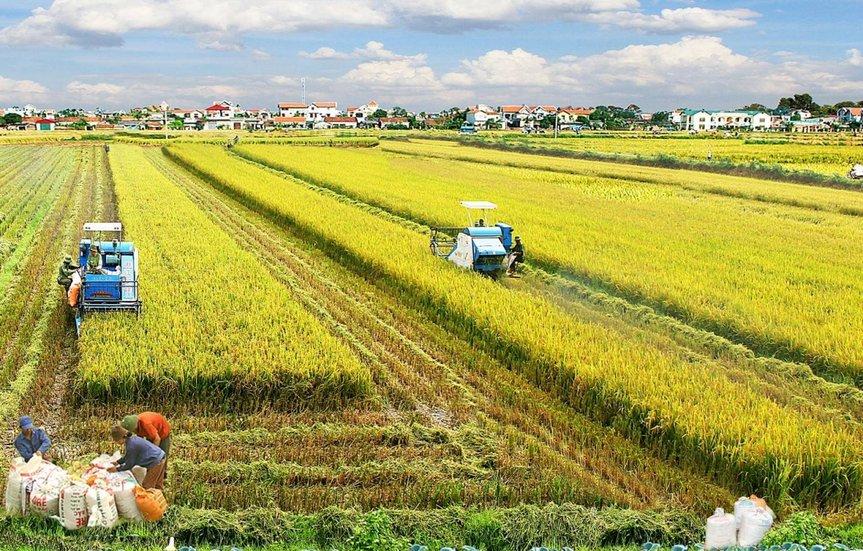
Senegal’s financial sector is relatively well-developed compared to many West African nations, with a strong banking system regulated by the Central Bank of West African States (BCEAO). The country hosts several commercial banks, microfinance institutions, and insurance companies, primarily serving urban populations. The government has prioritized financial inclusion, supporting the growth of mobile banking and digital finance platforms to reach underserved communities. Ongoing reforms aim to improve access to credit for small and medium enterprises (SMEs) and boost private sector investment to drive economic growth
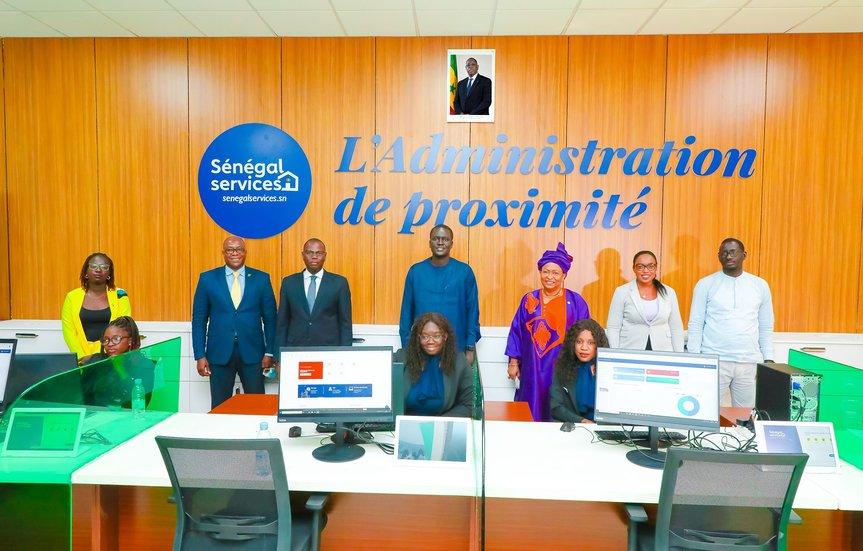
The industrial sector in Senegal is diverse and growing, contributing significantly to GDP. Key industries include food processing (especially fish, peanuts, and sugar), cement production, textiles, chemicals, and phosphate mining. The country is working to develop special economic zones and industrial parks, particularly around Dakar, to attract investment and support manufacturing. While industrial growth has been steady, challenges remain in terms of energy supply, infrastructure, and access to finance. The government’s “Plan Sénégal Émergent” (PSE) includes strategies to modernize and expand industrial capacity.
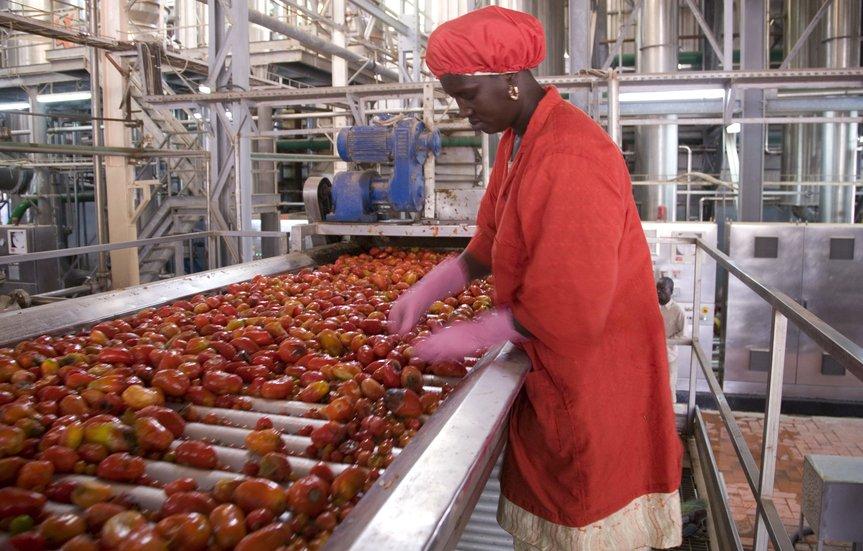
Transportation and Telecommunication
Senegal’s transportation and telecommunication systems are undergoing significant modernization to support economic growth and connectivity. The country’s transport network includes the vital Port of Dakar, one of West Africa’s busiest ports, and the modern Train Express Régional (TER), which links Dakar to suburbs and the international airport. A network of national highways connects major cities like Thiès and Saint-Louis, while Dakar Dem Dikk buses serve urban commuters. In telecommunications, Senegal has seen rapid expansion, with mobile penetration surpassing 100% and internet subscriptions growing by over 15% in 2023. Government initiatives like “Digital Senegal 2025” aim to achieve full 3G and 4G coverage, expand fiber broadband, and introduce 5G, positioning the country as a regional tech leader. These improvements are enhancing mobility, digital access, and overall infrastructure nationwide.




Mobile Networks



Latest News in Senegal
Politics
The first president of independent Namibia, Sam Nujoma, has died at the age of 95 in the capital Windhoek, the country's current leader has announced.
Politics
Ugandan President Yoweri Museveni has officially announced his intention to seek re-election in the 2026 presidential race, extending his nearly four-decade rule. Museveni, who has been in power since 1986, is once again positioning himself as the steady hand guiding Uganda through challenges. His decision has sparked mixed reactions, with supporters praising his leadership and longevity, while critics call for fresh leadership and political reform. As the nation looks ahead to the 2026 elections, Uganda braces for a heated political contest.
Politics
Peace Agreement with DRC Rwanda and the Democratic Republic of Congo (DRC) signed a U.S.-brokered peace deal aimed at ending conflict and promoting regional trade. Rwanda agreed to stop supporting armed groups like M23 rebels, though it denies involvement. Tensions remain, and President Kagame is cautious about whether the peace will last.
Wildlife
Tanzania has announced that all foreign tourists visiting Mainland Tanzania will be required to purchase a mandatory travel insurance policy upon arrival, beginning January 2026. The new regulation, issued by the Ministry of Finance on July 4, 2025, is part of the government reforms in the country’s 2025/26 financial year agenda. According to the notice, the measure will apply to all non-citizens, with the exception of visitors from countries that are part of the East African Community (EAC) and the Southern African Development Community (SADC). Citizens from these regions will continue to be exempt from the requirement.
Environment
In light of the growing food insecurity crisis across many African nations, heads of state and agriculture experts gathered in Nairobi, Kenya, this week to discuss solutions to address food shortages, especially in regions severely affected by climate change, political instability, and economic challenges. The two-day summit, titled “Agriculture and Climate Resilience: A Pan-African Strategy”, brought together government officials, NGOs, scientists, and international organizations to create a comprehensive strategy to improve agriculture, nutrition, and sustainable food systems across the continent.
Tech & Science
In 2025, Artificial Intelligence (AI) isn’t just a futuristic buzzword - it’s the secret weapon behind some of the world’s most successful content creators. From bloggers and YouTubers to podcasters and marketers, AI-powered tools are changing the way we brainstorm, write, design, and edit. If you've ever struggled with writer’s block, lacked design skills, or wished for faster content creation - AI might be your best assistant yet. Here’s how AI is revolutionizing the creative industry and how you can use it to boost your projects.
